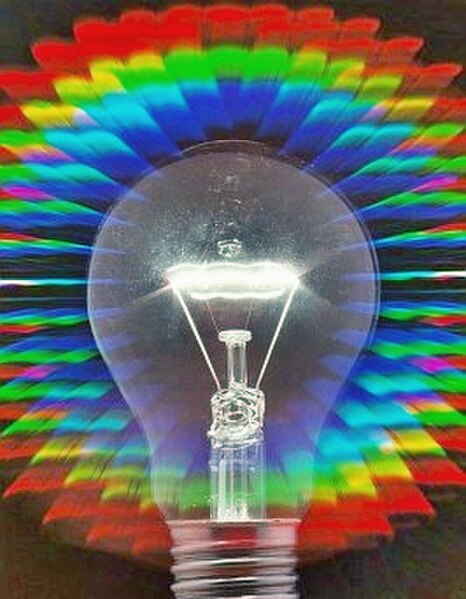Joseph Ritter von Fraunhofer was a German physicist and optical lens manufacturer. He made optical glass, an achromatic telescope, and objective lenses. He developed diffraction grating and also invented the spectroscope. In 1814, he discovered and studied the dark absorption lines in the spectrum of the sun now known as Fraunhofer lines.
Joseph von Fraunhofer
Fraunhofer demonstrating the spectroscope
Illustration of solar spectrum drawn and colored by Joseph von Fraunhofer with dark lines named after him (1987 DBP's stamp on 200th anniversary of birthday of Fraunhofer)
The 9"-aperture refractor telescope with which Neptune was discovered
In optics, a diffraction grating is an optical grating with a periodic structure that diffracts light, or another type of electromagnetic radiation, into several beams traveling in different directions. The emerging coloration is a form of structural coloration. The directions or diffraction angles of these beams depend on the wave (light) incident angle to the diffraction grating, the spacing or periodic distance between adjacent diffracting elements on the grating, and the wavelength of the incident light. The grating acts as a dispersive element. Because of this, diffraction gratings are commonly used in monochromators and spectrometers, but other applications are also possible such as optical encoders for high-precision motion control and wavefront measurement.
A very large reflecting diffraction grating
An incandescent light bulb viewed through a diffractive effects filter.
A blazed diffraction grating reflecting only the green portion of the spectrum from a room's fluorescent lighting
A helical fluorescent lamp photographed in a blazed reflection-diffraction grating, showing the various spectral lines produced by the lamp.








